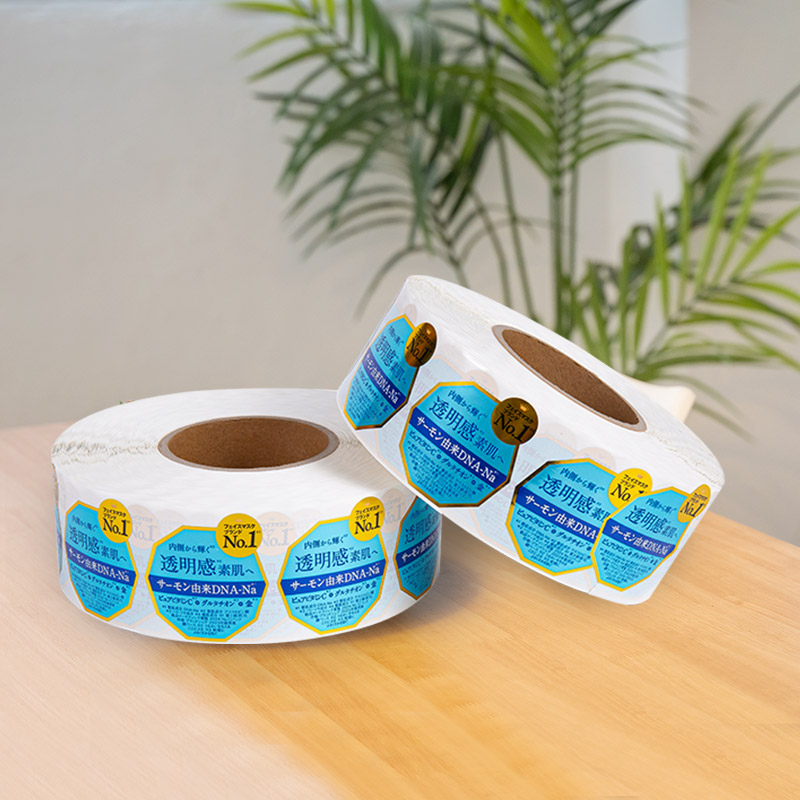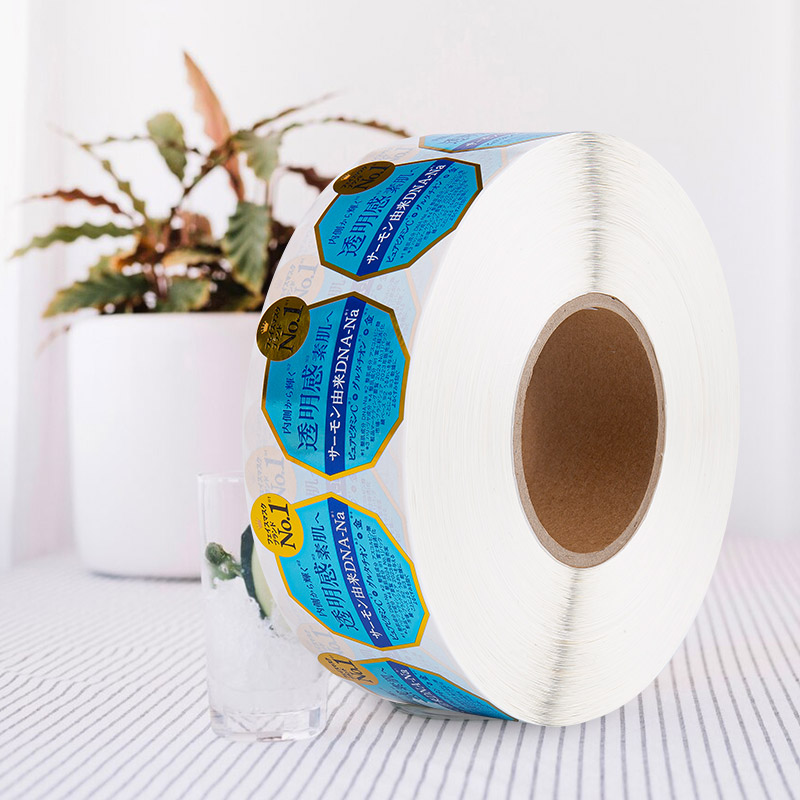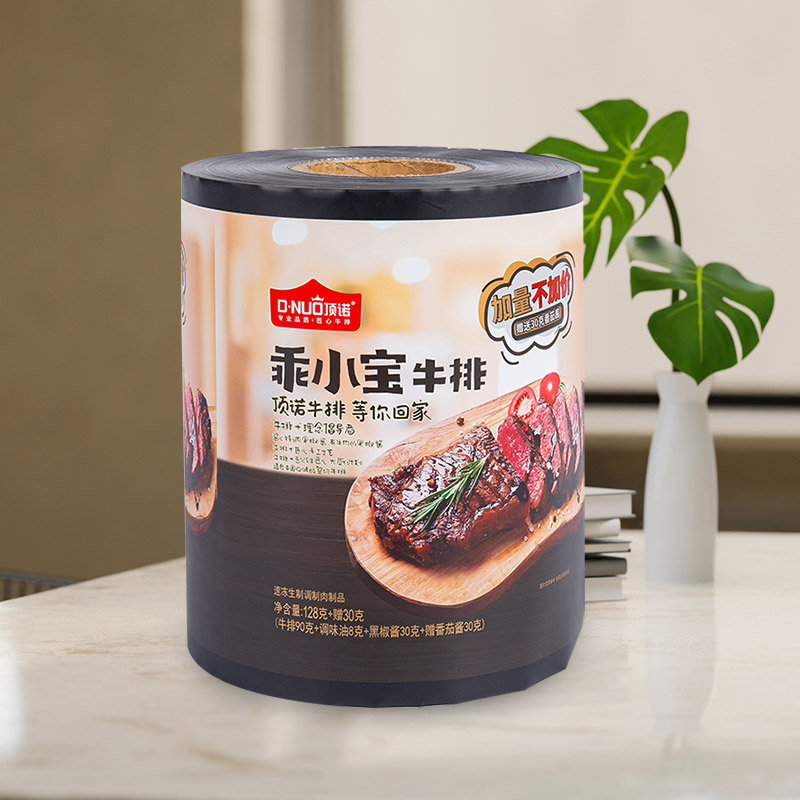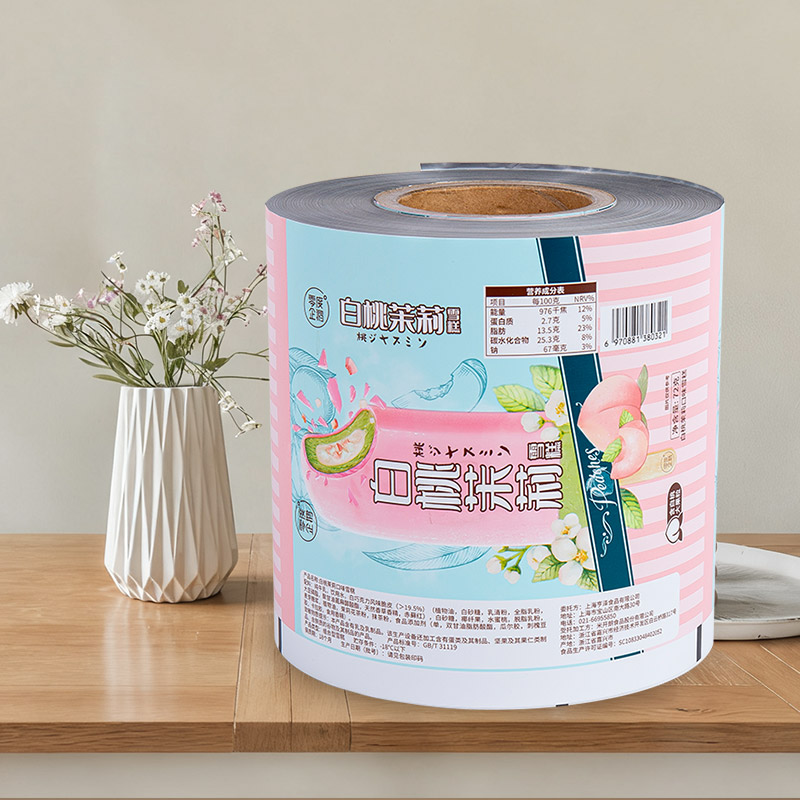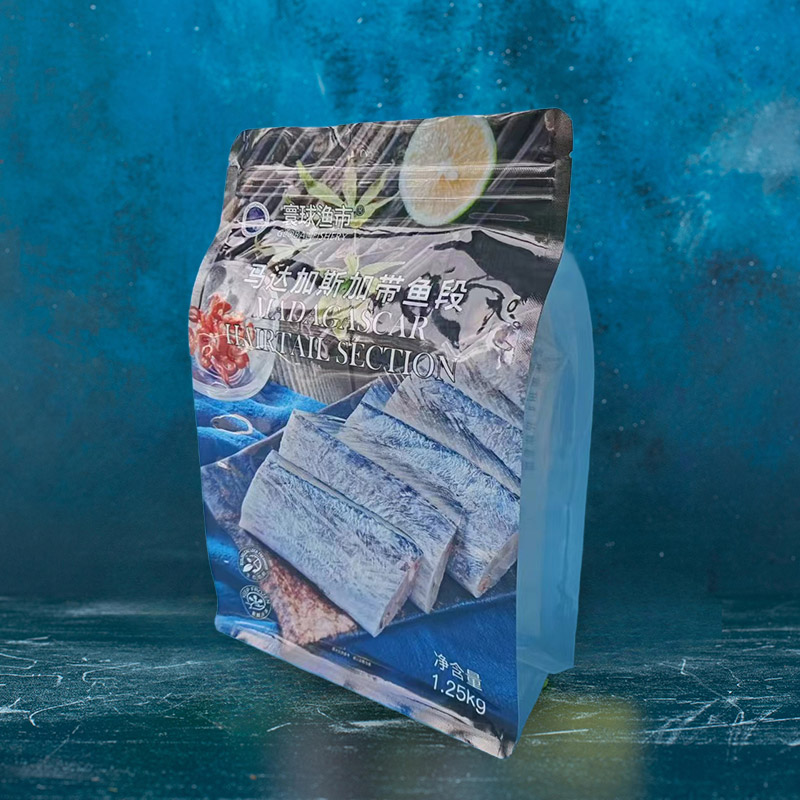The uses of packaging bags made of different materials are not the same, but few people can distinguish them. So let's take a look at several types of packaging bag materials and their main uses together.
1. Aluminum foil material
Aluminum foil packaging bags have strong air-blocking performance, can withstand high temperatures (121℃), low temperatures (-50℃), and are oil-resistant. The uses of aluminum foil bags are different from those of ordinary packaging bags. They are mainly used for high-temperature steaming and preserving low-temperature food. However, aluminum foil packaging bags, due to their relatively fragile material, are prone to breakage, and have poor acid resistance, thus lacking heat-sealing properties. So it is generally only used as the middle layer material of bags. For instance, the packaging bags of milk we drink in our daily life and those of frozen food all adopt aluminum foil.
Ii. PET material
PET is also known as biaxially oriented polyester film. Packaging bags made of this material have excellent transparency, strong luster, superior strength and toughness compared to other materials, are not easy to break, and are non-toxic, odorless, and highly safe. They can be directly used for food packaging. Therefore, in daily life, PET is a non-toxic and sterile packaging material for all kinds of food and medicine. However, its drawbacks are also quite obvious, namely, it is not heat-resistant or alkali-resistant and cannot be soaked in hot water.
Iii. Nylon
Nylon is also known as polyamide. This material has good transparency and is heat-resistant, oil-resistant, and puncture-resistant. It feels relatively soft to the touch, but it is not moisture-resistant and has poor heat sealing properties. Therefore, nylon packaging bags are mostly used for packaging solid foods, as well as some meat products and cooked foods, such as chicken, duck, pork ribs, etc., which can extend the shelf life of food.
Iv. OPP material
OPP, also known as oriented polypropylene, is a material with very high transparency among packaging bag materials. It is also brittle and has very low tensile strength. Most of the transparent packaging bags we use in our daily life are made of opp material, which has a wide range of applications. They are used in industries such as clothing, food, printing, cosmetics, and paper.
V. HDPE material
HDPE stands for high-density polyethylene. Bags made of this material are also called PO bags. They have a wide range of operating temperatures and can be used for packaging frozen food as well as packaging bags that can withstand boiling treatment at 100 degrees Celsius. In daily life, it is mostly used for food packaging and grocery shopping bags. It can also be made into composite films for anti-permeation and heat preservation packaging of food.
Vi. CPP material
This material has good transparency and its hardness is higher than that of PE film. Moreover, it has many types and a wide range of uses, which can be applied to the outer packaging of food, candies, medicines, etc. It can also be used as the base film for composite materials and made into composite bags together with other films, such as hot filling bags, retort bags, aseptic packaging, etc.
The six materials introduced above are some of the commonly used materials for packaging bags. The characteristics of each material are different, and the performance and application scenarios of the packaging bags made from them also vary. We need to choose according to our own actual situation.

 EN
EN
 English
English 日本語
日本語 Español
Español Deutsch
Deutsch عربى
عربى



